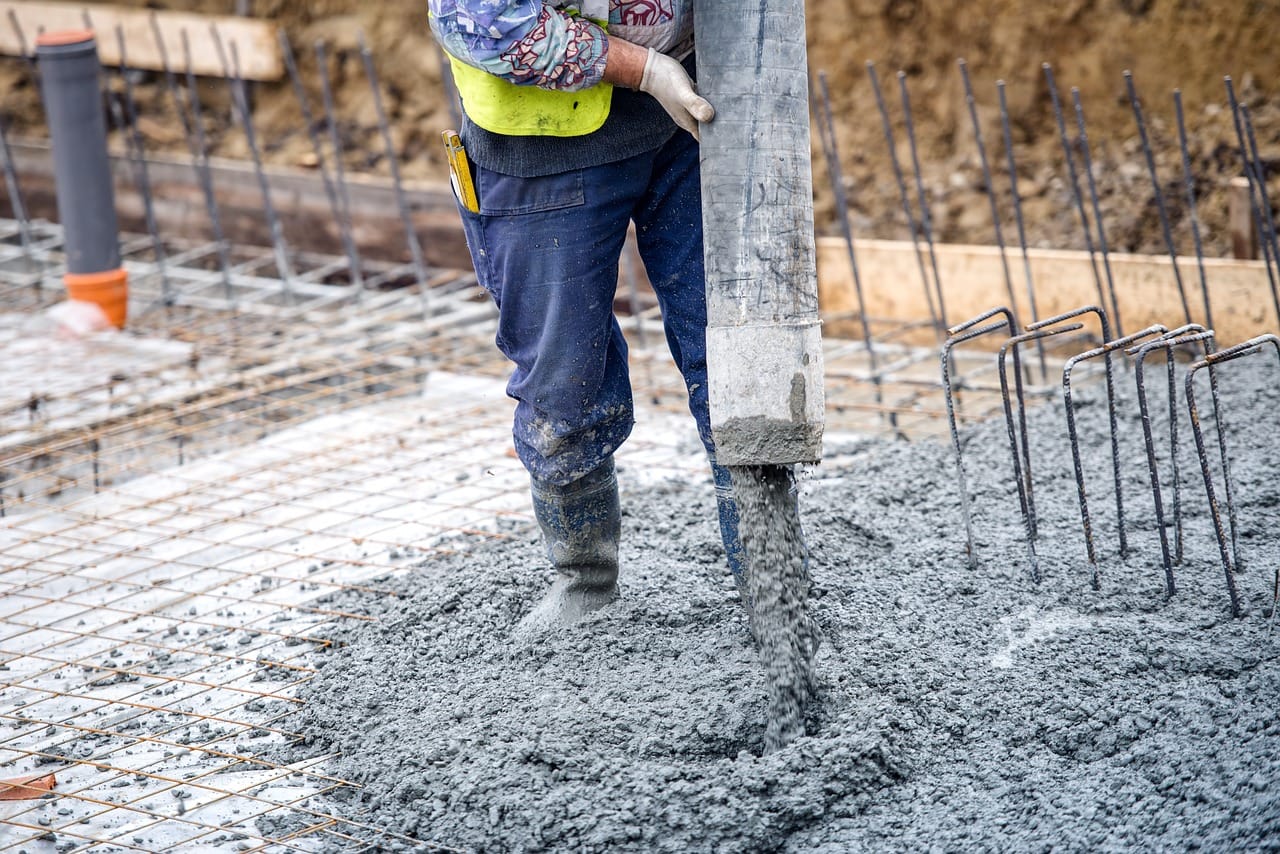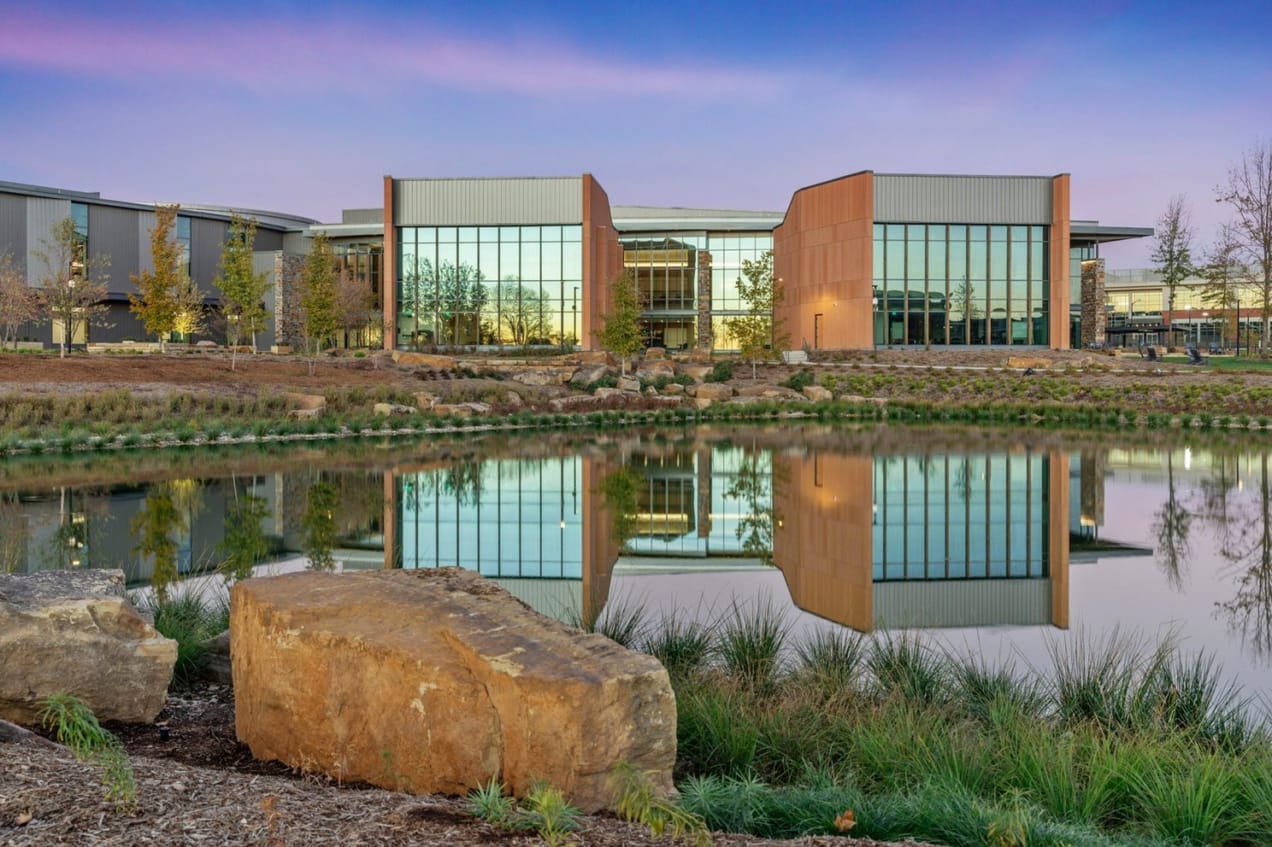
Tracking concrete technology developments
Among the various organisations interested in lower carbon concrete is, unsurprisingly, the Institution of Structural Engineers. Concrete is a massively important building material. But, as they say "publicly available information about these technologies is often limited and inconsistent, making it difficult to draw comparisons with conventional concrete."
Which is why they have a dedicated webpage focused on providing the information that professional engineers need to understand how the various 'new' technologies match up against conventional (Portland Cement) concrete.
Behind drinking water, concrete is the most used man-made material on earth, with 14 billion m3 produced each year. As a result, the production of cement, the active binding agent in concrete, accounts for around 7% of global CO2 emissions. While concrete production emissions arise from a range of sources, cement production is responsible for almost 60% of the embodied carbon in reinforced concrete. Thus, with 2050 rapidly approaching, action must be taken to reduce emissions and realise net-zero commitments. To address this, many companies are developing lower carbon concrete technologies.
But, with many company statements being not much more than press releases, how do engineers, sustainability professionals, and investors, evaluate the various claims?
The good news is that the Institution has identified 13 different technology streams under development. All the way from optimising existing concrete production (still high emissions but already commercially viable), through to biocement (potential for low emissions but still in the R&D phase).
It's important to note - so far there is no single technology stream, or “silver bullet”, that is sufficiently scalable to eliminate global concrete production emissions. As the RMI says in its recent report The 3C's of innovation in low carbon concrete , a 1.5 degree aligned transition will likely rely on us using most, if not all of them.
This is not a winner takes all transition.
We wrote about some of the possible low carbon concrete options in a blog back in May 2023 👉🏾 https://www.thesustainableinvestor.org.uk/quick-insight-green-cement-there-are-solutions/
As we said in the blog, not only is concrete production already a major source of CO2 emissions, increasing urbanisation means we are likely to use more concrete in the future, not less. On the positive side, alternative building materials, such as timber, are expected to gain market share. But, again, this solution is unlikely to be a universal panacea. We are still going to need a lot of concrete.
This article featured in What Caught Our Eye, a weekly email featuring stories we found particularly interesting during the week and why. We also give our lateral thought on each one. What Caught our Eye is available to read in full by members.
If you are not a member yet, you can read What Caught Our Eye when it comes out direct in your email inbox plus all of our blogs in full...

Click this link to register 👉🏾 https://www.thesustainableinvestor.org.uk/register/

Please read: important legal stuff.

